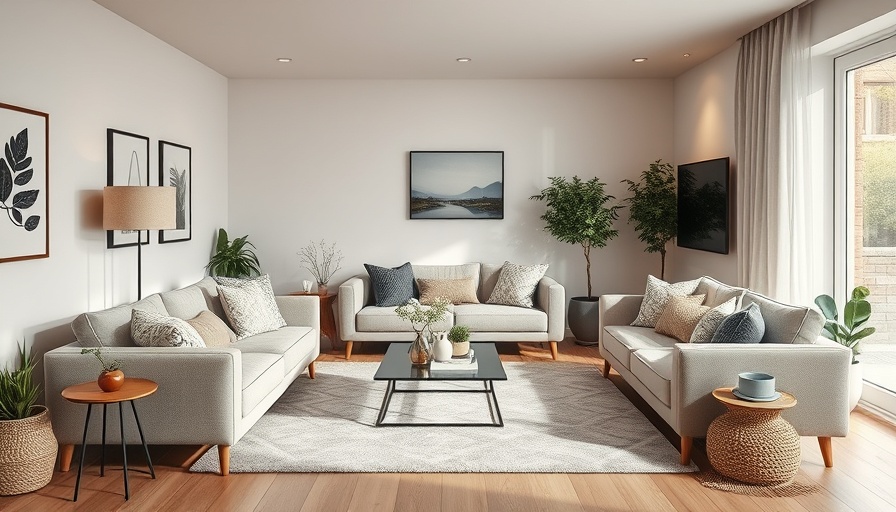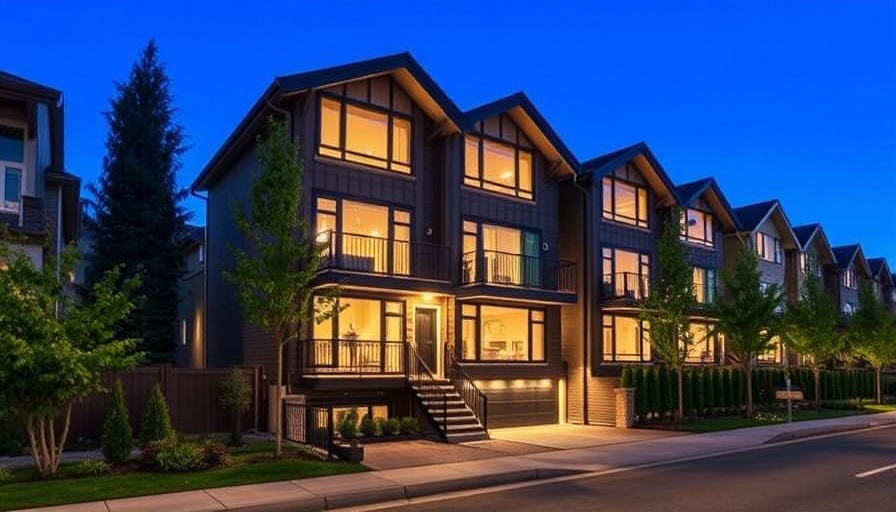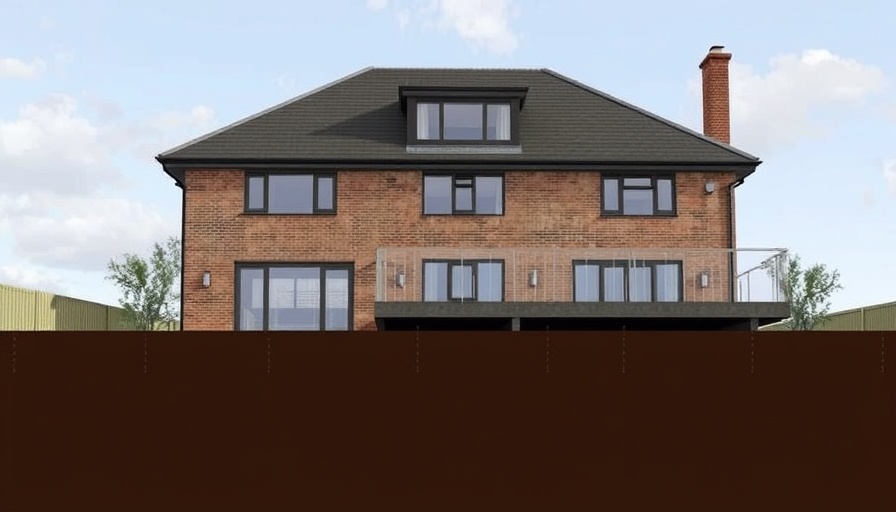
Understanding Renovators Regret: A Cautionary Tale
In the realm of home renovations, the term "Renovators Regret" looms large. It often emerges during the winter months when homeowners face unexpected challenges, despite having made aesthetic upgrades that appeared flawless in online showcases. This is exemplified by a recent Instagram post showcasing a beautifully restored property. Amid the praise for its original features, the owner lamented about the difficulties of maintaining warmth, relying on heavy curtains, wood burners, and thick sweaters to fend off winter's chill. Such scenarios underscore the critical importance of planning beyond mere aesthetics.
Prioritizing Functionality in Renovations
One critical takeaway for potential renovators is the necessity of starting with functionality in mind. Homeowners can often become enamored by the visual appeal of a design, neglecting the foundational aspects of energy efficiency. For those contemplating renovations, the principle is simple: prioritize the building's fabric first. This forward-thinking approach not only ensures a comfortable living environment but can also lead to substantial savings on energy costs—a key consideration in our increasingly energy-conscious world.
Real Financial Benefits of Energy-Efficient Renovations
Personally, after retrofitting my Victorian home built in 1901, the impact was profound. Our energy consumption dropped dramatically—from 25,500 kWh per year to less than 6,000 kWh. This reduction not only reflects our commitment to sustainability but comes with impressive financial benefits, including an increase of £90,000 in property value against an initial investment of just £23,000 in retrofitting. Such returns make a compelling case for approaching home renovations with a strategic focus on energy efficiency.
Essential Steps for Energy-Efficient Renovation
To achieve optimal energy efficiency, there are several critical components renovators must consider:
- Insulation: Comprehensive insulation should envelop walls, with optimal thickness ranging from 60mm to 100mm. Choosing the right type of insulation is crucial, especially in homes built before 1930.
- Airtightness: A tight building envelope prevents uncontrolled air leakage, akin to donning a windproof jacket when stepping outside. Installing an airtightness membrane behind insulation helps to seal gaps and regulate airflow, enhancing comfort.
- Ventilation: Once air is sealed in, controlled ventilation must be introduced to prevent issues like condensation and mold. Options include trickle vents in windows or heat recovery ventilation units, which recycle warm air, optimizing heating efficiency.
- Breathability: Not all homes can be treated identically—particularly older properties with suspended floors. Understanding a property's breathing characteristics is key to selecting the right insulation and ventilation strategy.
The Cost-Benefit Analysis of Eco-Renovations
While the upfront costs of energy-efficient renovations can appear daunting, conducting a thorough cost-benefit analysis reveals a favorable outlook. For instance, enhancing your home’s energy performance can yield returns that far exceed the initial expenditures, as demonstrated in my own experience. Moreover, in a time when heating prices are rising across the board, making informed decisions about home energy systems protects not only your comfort but also your finances.
Future Trends in Sustainable Renovation
Renovators today are increasingly shifting their focus towards sustainability and energy efficiency as environmental awareness grows. Expect to see an emergent trend where innovations in eco-materials and renewable technologies find mainstream application in home renovations. This could include using locally-sourced materials, integrating solar panels, and adopting smart home technologies that monitor and reduce energy consumption.
Conclusion: Take Action Towards a Sustainable Home
As winter approaches, don’t let yourself fall into the trap of regrettable renovations. Begin with a focus on energy efficiency, and plan your renovations carefully to transform your living space into one that is not only visually appealing but also warm, inviting, and economical to run. By taking these steps, you ensure that your home reflects both your aesthetic aspirations and your commitment to environmental responsibility. Start your renovation journey on the right foot—your future self will thank you.
 Add Row
Add Row  Add
Add 




Write A Comment